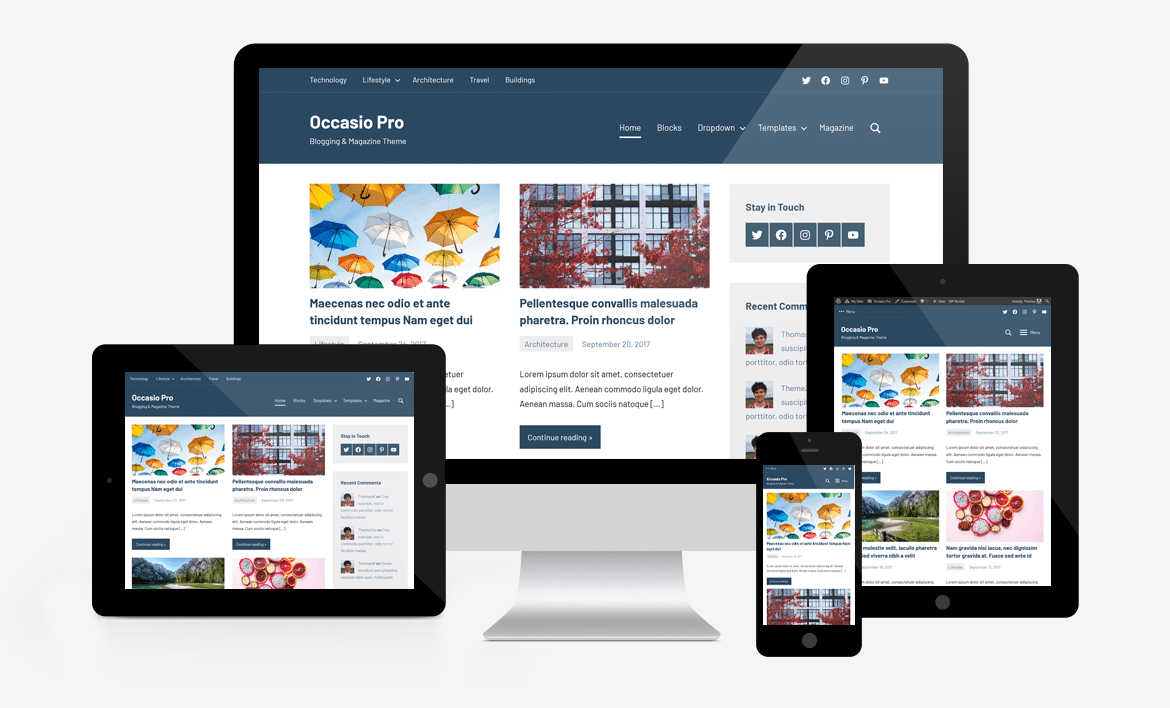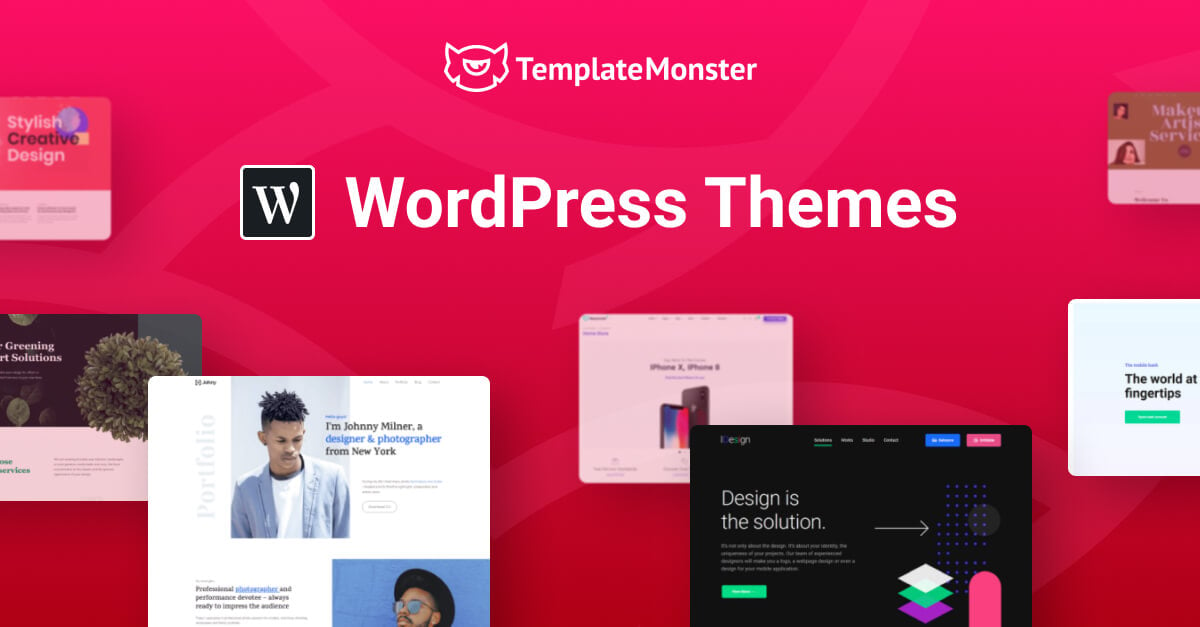How to Choose the Right Style for Your WordPress Design Requirements
How to Choose the Right Style for Your WordPress Design Requirements
Blog Article
Elevate Your Website With Spectacular Wordpress Design Tips and Techniques
By thoughtfully selecting the ideal WordPress style and enhancing key aspects such as pictures and typography, you can considerably enhance both the aesthetic allure and capability of your website. The nuances of efficient design expand past fundamental options; applying approaches like responsive design and the strategic use of white area can additionally elevate the individual experience.
Choose the Right Theme
Choosing the appropriate theme is typically a critical action in constructing an effective WordPress site. A well-selected theme not only enhances the visual allure of your web site but likewise impacts functionality, customer experience, and total efficiency.

Furthermore, think about the modification choices available with the motif. An adaptable motif permits you to tailor your site to show your brand's identity without comprehensive coding expertise. Confirm that the motif works with preferred plugins to make the most of functionality and boost the user experience.
Last but not least, inspect and check out evaluations upgrade history. A well-supported style is more probable to remain reliable and safe and secure gradually, providing a strong foundation for your web site's growth and success.
Maximize Your Photos
Once you have actually chosen an appropriate motif, the next action in boosting your WordPress website is to maximize your images. Premium pictures are essential for aesthetic appeal but can significantly reduce your internet site if not optimized appropriately. Begin by resizing images to the exact measurements needed on your site, which decreases data dimension without compromising high quality.
Following, utilize the appropriate data layouts; JPEG is ideal for photos, while PNG is better for graphics calling for transparency. Furthermore, take into consideration utilizing WebP format, which uses superior compression rates without jeopardizing top quality.
Executing image compression tools is also important. Plugins like Smush or ShortPixel can automatically enhance images upon upload, guaranteeing your site tons promptly and successfully. In addition, using descriptive alt message for images not only boosts ease of access however also improves SEO, helping your internet site rank better in online search engine results.
Make Use Of White Room
Effective internet design pivots on the strategic use white room, likewise called adverse area, which plays a critical duty in enhancing user experience. White area is not just a lack of content; it is a powerful design component that helps to structure a website and guide user attention. By integrating adequate spacing around message, photos, and various other visual elements, designers can develop a sense of equilibrium and harmony on the page.
Utilizing white room effectively can improve readability, making it much easier for users to digest details. It enables a clearer hierarchy, assisting visitors to navigate content with ease. Customers can concentrate on the most crucial elements of your design without feeling overwhelmed. when elements are provided area to take a breath.
Furthermore, white room fosters Learn More Here a feeling of elegance and elegance, improving the general visual charm of the website. It can likewise improve filling times, as less messy designs usually require less resources.
Enhance Typography
Typography works as the backbone of efficient communication in internet design, affecting both readability and visual charm. Picking the appropriate typeface is crucial; think about using web-safe typefaces or Google Fonts that guarantee compatibility across tools. A combination of a serif typeface for headings and a sans-serif font style for body text can develop a visually appealing contrast, improving the overall user experience.
Additionally, pay interest to font size, line elevation, and letter spacing. A font style dimension of at the very least 16px for body text is generally advised to make certain clarity. Sufficient line elevation-- commonly 1.5 times the typeface size-- improves readability by protecting against text from showing up cramped.

In addition, maintain a clear power structure by differing font weights and sizes for headings and subheadings. This guides the visitor's eye and stresses crucial web content. Shade selection also plays a substantial role; ensure high comparison in between text and background for optimum presence.
Finally, limit the variety of various font styles to two or 3 to preserve a cohesive appearance throughout your website. By thoughtfully boosting typography, you will certainly not just elevate your design yet also guarantee that your material is effectively connected to your target market.
Implement Responsive Design
As the digital landscape continues to develop, implementing receptive design has become necessary for producing web sites that give a smooth individual experience across numerous gadgets. Receptive design guarantees that your site adapts fluidly to different screen sizes, from desktop computer monitors to smartphones, therefore boosting functionality and engagement.
To achieve responsive design in WordPress, begin by selecting a receptive style that automatically readjusts your layout based on the audience's device. Utilize CSS media inquiries to use various designing policies for numerous screen sizes, guaranteeing that components such as pictures, buttons, and message stay available and proportional.
Integrate flexible grid designs that enable content to reorganize dynamically, keeping a meaningful structure across tools. In addition, prioritize mobile-first design by developing your website for smaller displays before scaling up for larger screens (WordPress Design). This method not just boosts have a peek at this website efficiency however also straightens with search engine optimization (SEARCH ENGINE OPTIMIZATION) techniques, as Google prefers mobile-friendly websites
Final Thought

The subtleties of effective design extend beyond basic choices; carrying out techniques like receptive design and the strategic use of white space can even more raise the customer experience.Effective web design hinges on the tactical usage of white space, additionally understood as negative space, which click here to find out more plays an essential duty in enhancing user experience.In conclusion, the implementation of effective WordPress design techniques can substantially improve site capability and looks. Selecting an ideal style lined up with the site's purpose, optimizing photos for performance, using white room for boosted readability, improving typography for clearness, and taking on receptive design principles collectively add to an elevated user experience. These design aspects not just foster interaction however also ensure that the web site meets the diverse needs of its target market throughout various gadgets.
Report this page